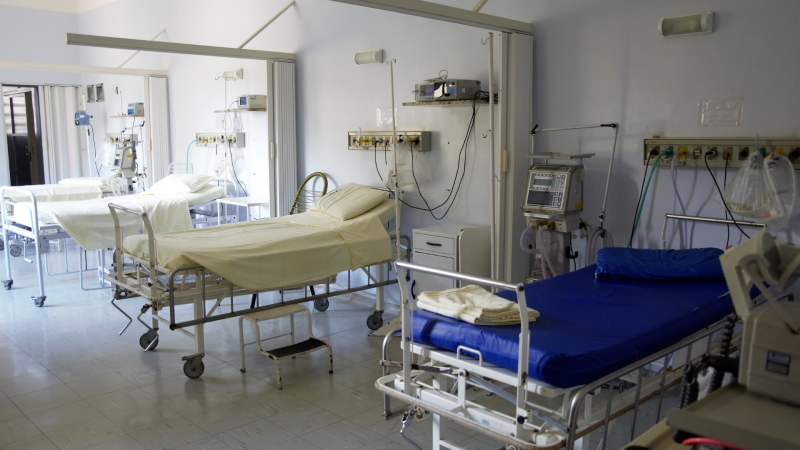
A recent study by researchers at the University of Delhi, Vardhman Mahavir Medical College and Safdarjung Hospital, Delhi and the SMiLE Incubator, Sweden have found alarming cases of drug-resistant bacteria in patients admitted to intensive care units (ICUs). The study, published in the journal Antimicrobial Resistance & Infection Control, raises concerns around the safety of ICUs in hospitals, where most patients are already in critical condition.
Bacterial infections during an ICU stay is a significant blow to patients whose immunity are already compromised due to other health complications. The alarming rise in the strains of bacteria that are resistant to different antibiotics makes matters worse. As a result, patients are often recommended a prolonged stay in the hospital and heavy doses of antibiotics. This situation affects not only their health but also their finances as hospital stays are expensive. Hence, identifying these deadly bacteria can help to prevent fatal infections.
In the current study, the researchers studied the prevalence of the bacteria Escherichia coli (E. coli) in patients admitted to ICUs. Although most strains of E. coli are harmless, there are some nasty strains which cause complications like diarrhoea.
“It causes a wide array of disease and is responsible for around 17–37% of both community and hospital-acquired clinically significant bloodstream infections, and a major cause of mortality from these infections”, say the researchers about the threat from pathogenic E. coli.
The researchers isolated E. coli strains from the blood of patients admitted to ICU and diagnosed with sepsis—a life-threatening complication of an infection. They also isolated these bacteria from faeces of patients without sepsis. Using molecular techniques, they then identified the different strains of E. coli and studied their response to various antibiotics, including cephalosporins, which are used to treat a wide range of bacterial infections.
The researchers found that a majority of the bacteria found in the patients belonged to two strains of E. coli that were known to cause diarrhoea. When these bacteria were treated with antibiotics, the results were alarming.
“Antibiotic susceptibility results showed that more than 70% of the faecal E. coli isolates and more than 90% of the blood isolates were resistant to all of the cephalosporins tested”, report the authors.
They also add that these bacterial strains were mostly resistant to other classes of antibiotics as well.
But, how does E. coli become resistant to drugs? It is by the action of a group of enzymes called extended-spectrum β-lactamase, or ESBLs, which break down antibiotics like penicillin and cephalosporin, rendering them ineffective. The study found that 68% of blood and 44% of the faecal E. coli strains produced these enzymes. The study also found a very high prevalence of ST131, an extensively drug-resistant group of E. coli among the ICU patients.
The findings of the study highlight the grave threat to public health posed by drug-resistant bacteria, even in hospital environments which are otherwise considered safe and sterile. “Increasing antimicrobial resistance among E.coli to commonly used cephalosporins hinders the decision of the optimal drug therapy for patients. Continuous surveillance and rational use of antibiotics along with effective hygienic measures are urgently needed in our setting”, conclude the authors.





